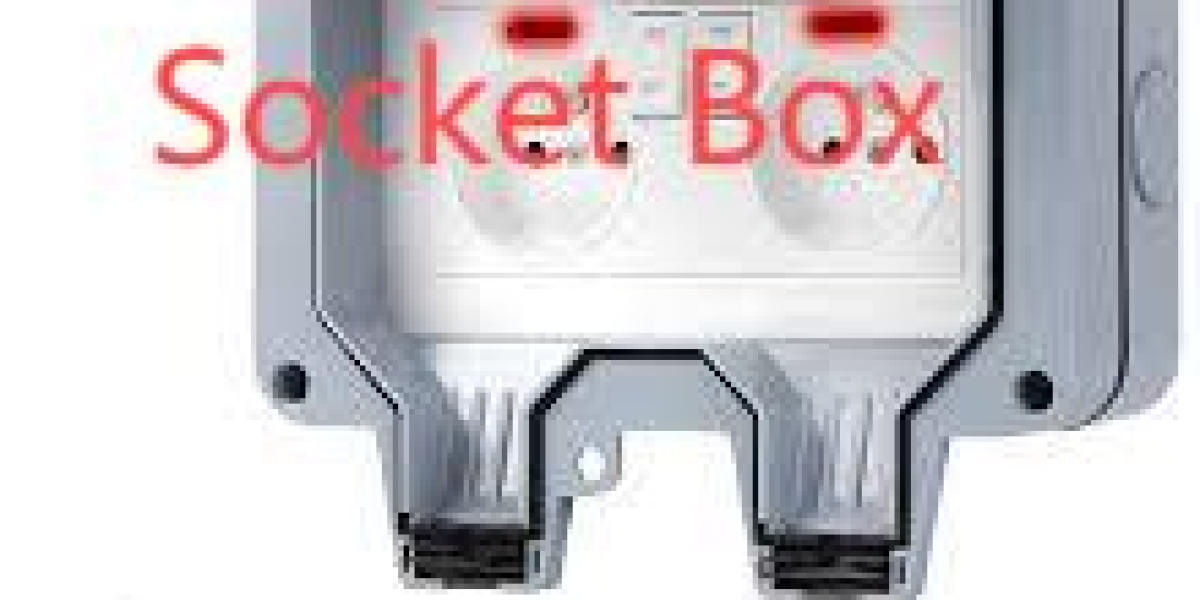Outdoor power distribution demands equipment that combines safety, durability, and ease of service. In many installations a robust Outdoor Socket Box provides secure access to power while resisting weather and mechanical stress, and the compact Outdoor Socket Box also enables quick maintenance and safe connector replacement without compromising performance. This article guides specifiers and installers through material choices, sealing strategies, mounting and wiring best practices, accessory selection, and simple maintenance steps that extend service life and reduce downtime.
Materials and Construction Choices
Selecting the right enclosure polymer or composite is foundational. UV stabilized engineering plastics resist sunlight degradation and maintain dimensional stability across temperature cycles. For greater rigidity, glass filled compounds or internal steel mounting plates prevent deformation when heavy connectors or multiple sockets are installed. Corrosion resistant stainless steel hardware and reinforced hinge areas increase longevity in coastal or industrial atmospheres. Smooth external surfaces help prevent dirt buildup and ease cleaning.
Sealing, Ingress Protection, and Cable Entries
A reliable water and dust seal begins with well designed gasket geometry. Captive gaskets seated in grooves maintain compression and resist creep, while tongue and groove lid flanges add redundant protection. Cable entries are common weak points, so select certified cable glands sized for each cable diameter and rated to the enclosure’s ingress classification. Choose an ingress rating appropriate to the exposure: IP65 for dust tight and water jet protection, IP66 or IP67 for heavy washdown or temporary immersion scenarios.
Mounting, Layout, and Thermal Planning
Correct mounting preserves the enclosure’s engineered performance. Fasten to flat, vibration damped surfaces and avoid locations where water runoff concentrates at cable entries. Internally, organize space with DIN rails, removable plates, and clear separation of heat generating devices. Leave spare rail length and knockout positions for future expansion to reduce lifecycle costs. For applications with multiple power devices consider modest ventilation strategies or thermal breaks to avoid hotspots that accelerate component aging.
Nante Design And Accessory Compatibility
Choose boxes that accept common accessory footprints to ease upgrades. Compatibility with popular socket modules, surge protective devices, and monitoring modules reduces spare part inventories and simplifies field retrofits. Tool free latches, captive fasteners, and standardized mounting rails speed servicing and minimize lost parts during maintenance. Selecting standardized accessories streamlines procurement and reduces mean time to repair across multi site deployments.
Installation Best Practices And Commissioning Tips
Even the best enclosure can fail if installed poorly. Slope cable runouts away from the box, seal conduit transitions properly, and torque gland fittings to manufacturer recommendations. Use corrosion resistant conduit and secure strain relief at entries. During commissioning, verify continuity, check torque on terminal blocks, and perform a leak test where practical. Clear internal labeling and an inner lid wiring schematic significantly reduce human error during future maintenance.
Maintenance Practices That Prevent Failures
Regular inspections prevent small issues becoming outages. Check gaskets annually for compression set, replace brittle glands before they fail, and ensure fasteners remain secure. For humid sites use desiccant packs and inspect breathable vents for clogging. Adding low cost sensors, like a door open indicator or a moisture detector, provides early warning that allows planned repairs. Keep a small spare parts kit on site containing gaskets, glands, and commonly used screws to minimize downtime.
Choosing The Right Product For The Environment
Match selection to environmental stresses and electrical load. Coastal or chemical sites require enhanced corrosion protections, washdown zones need IP66 or higher, and dusty worksites benefit from fine particle sealing and filtered vents. Request third party test data for the full assembled configuration and confirm thermal derating if multiple heat sources are present. Consider lifecycle factors such as spare part availability and upgrade paths when comparing suppliers.
In summary, a properly specified outdoor power enclosure balances material resilience, ingress protection, thermal planning, and service friendly design to protect equipment and simplify field work. Prioritize modular accessory compatibility and routine inspection to maximize uptime and reduce total cost of ownership. For detailed product specifications, certified options, and accessory information visit www.nante.com/product/








